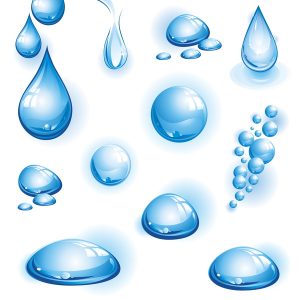 Humidity. You don’t like it. We don’t like it. None of us like it—at least not during the summer! Humidity makes hot days feel worse, forces air conditioning systems to work longer and run up bigger bills, and allows mold and mildew to develop inside homes. High humidity can even damage surface, warp wood, and ruin precision musical instruments.
Humidity. You don’t like it. We don’t like it. None of us like it—at least not during the summer! Humidity makes hot days feel worse, forces air conditioning systems to work longer and run up bigger bills, and allows mold and mildew to develop inside homes. High humidity can even damage surface, warp wood, and ruin precision musical instruments.
Yep, high indoor humidity is no fun—and we want to help you get rid of it in your house.
Why an Air Conditioning System May Not Be Enough
Turning up the air conditioner may seem like the first line of defense against high humidity. But although an air conditioner can help you feel cooler, it isn’t an actual dehumidifier. To overcome the extra heat humidity traps in your body (which can make the indoor temperature feel 8° to 10°F hotter than it is), you’ll need to run the AC longer and spend more money to power it. Plus, the humidity is still in the air, causing all those other humidity problems, like encouraging mold growth and wrecking that guitar your great-great uncle left you. (Or its equivalent.)
Air conditioners do have some dehumidifying properties, since the process of absorbing heat from the indoor air also draws moisture from the air. But, as we mentioned before, an AC is not built as a dehumidifier unless it has specific dehumidification controls. It can’t overcome a humid day in Durham.
The Whole-House Dehumidifier
How can we help you control high humidity if the AC alone won’t do it? We can equip your HVAC system with a whole-house dehumidifier. This device is integrated into the ventilation system so it can work in tandem with the AC. This is important, since a dehumidifier uses a similar process to an air conditioner to remove humidity. If the two are balanced, you can end up with air that’s too dry or a house that’s too cold.
A whole-house dehumidifier operates using refrigerant and an evaporator coil. The refrigerant evaporates and pulls moisture from the air, which is then collected and removed from the house. The air is cooled as this happens, but to prevent interference with the air conditioner, the dehumidifier reheats the air it dehumidifies. A control called a humidistat allows the homeowner to change humidity levels (it can be integrated into a new thermostat). The recommended indoor relative humidity level is 45%, which balances between too humid and too dry.
Watch Out for Dry Air
One of the reasons you always want to rely on Pittsboro, NC, HVAC professionals to install a whole-house dehumidifier is to make sure the system won’t dry out the air too much. If humidity goes below 30%, it will create a whole new set of problems, such as dried sinuses, itchy skin, cracked wood furnishing, and more.
You can trust our indoor air quality experts to help you beat the humid summers in your home. We also install humidifiers so you can keep the humidity balance during dry winter conditions.
Bud Matthews Services is here for all your home service needs in the Durham area. Look to us for better indoor air quality.

